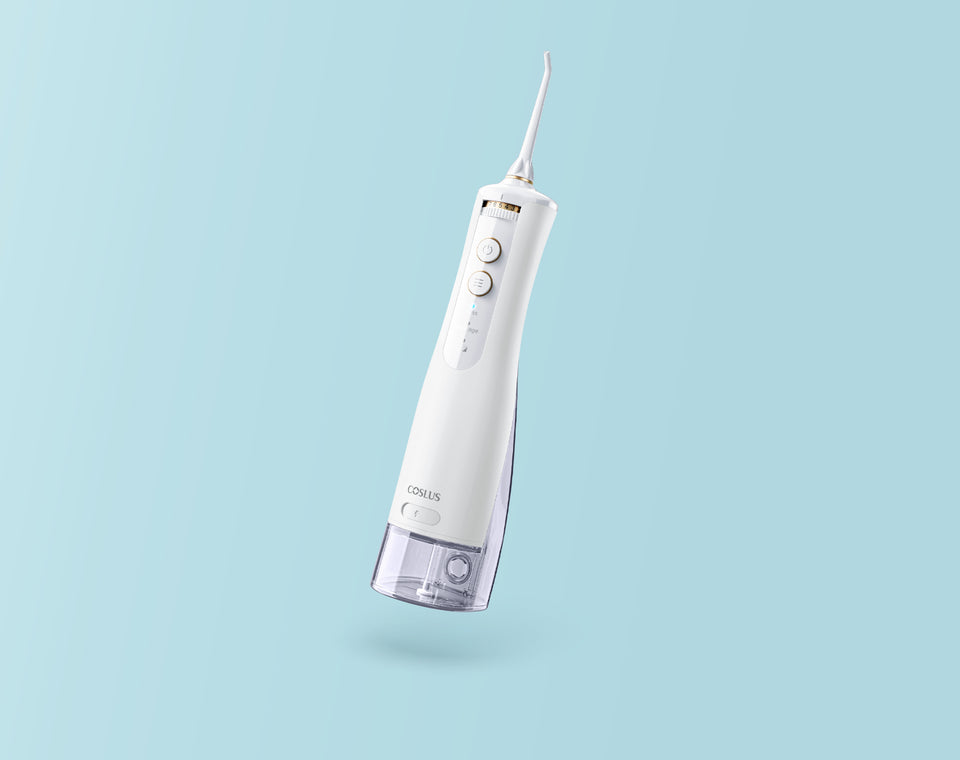Unlock the Secret to a Healthier Smile: Discover the Power of Water Flossing!
In an age where oral hygiene has never been more crucial, water flossing is rapidly gaining traction among dental care enthusiasts and health-conscious individuals alike. This innovative technique offers a fresh approach to maintaining a healthy mouth, making it an attractive option for those seeking to enhance their dental hygiene routine. Water flossing not only complements traditional brushing but also addresses the often-overlooked spaces between your teeth and along the gum line. As we dive deeper into the world of water flossing, you'll discover how this method can fit seamlessly into your daily regimen, helping you achieve that coveted bright and healthy smile.

What is Water Flossing?
Water flossing, also known as oral irrigation, is a technique that utilizes a stream of pulsating water to remove food particles and plaque from between the teeth and below the gum line. Unlike traditional flossing, which requires manual manipulation of a thin string, water flossing employs a specialized device that shoots a focused jet of water, effectively dislodging debris and bacteria. The technology behind water flossers typically involves a motor that pumps water through a nozzle, creating a pressure-controlled stream. This method is not only efficient but also gentle on the gums, making it a suitable option for individuals with sensitive mouths. Many users report that they find water flossing to be a more enjoyable and less cumbersome experience than traditional flossing, which can sometimes feel tedious or uncomfortable.
Benefits of Water Flossing
The benefits of water flossing extend well beyond convenience. First and foremost, studies have shown that water flossing can significantly improve gum health by reducing inflammation and bleeding in those who are susceptible to gum disease. The pulsating water effectively reaches areas that traditional floss often misses, particularly around braces or dental implants, ensuring a more thorough clean. Additionally, users often find water flossers easier to use, especially for those with dexterity issues or arthritis, who may struggle with traditional flossing techniques. Another remarkable advantage is the fresh feeling that comes after water flossing; many people report that their mouths feel cleaner and more refreshed, akin to the sensation after a professional dental cleaning. Furthermore, water flossing can be particularly beneficial for individuals with orthodontic appliances, as it easily navigates around brackets and wires, making it an invaluable tool in maintaining oral hygiene during orthodontic treatment.
Water Flossing vs. Traditional Flossing
When comparing water flossing to traditional flossing, the differences become evident in both effectiveness and user experience. Traditional flossing requires manual dexterity and can be challenging for many, particularly those with limited mobility or certain dental appliances. On the other hand, water flossing offers a hands-free approach that many find easier and less time-consuming. Research indicates that water flossers can be more effective at reducing plaque and gingivitis over time compared to traditional flossing, particularly in hard-to-reach areas. However, traditional flossing still has its proponents, especially among those who have developed a routine that works for them. Personal anecdotes from friends reveal a divide: some swear by their trusty floss, while others have embraced the modern convenience of water flossing. Ultimately, the best choice may depend on individual preferences and specific dental needs, highlighting the importance of consulting with a dental professional.
Who Should Consider Water Flossing?
Water flossing is particularly advantageous for several groups of people. Individuals with braces or other orthodontic appliances can greatly benefit from the ease of use and effectiveness of water flossers in cleaning around brackets and wires. Additionally, those with dental implants or bridges will find that water flossing can help maintain the health of surrounding gums, reducing the risk of complications. Furthermore, people suffering from gum disease or those prone to gingivitis may discover that integrating water flossing into their routine can lead to significant improvements in gum health. Even individuals with sensitive gums or conditions that make traditional flossing painful can find relief and benefit from this gentle yet effective method of cleaning.
How to Use a Water Flosser
Using a water flosser is straightforward and can be an enjoyable addition to your oral hygiene routine. Start by filling the reservoir with lukewarm water, as this can be more comfortable than cold water. Next, choose the appropriate tip; many devices come with multiple tips, including ones designed for braces or periodontal care. Lean over the sink and turn on the flosser, directing the water stream at your gum line. Begin with the back teeth, working your way forward, making sure to pause briefly between teeth to allow the water to flush out any debris. A common mistake to avoid is not angling the nozzle correctly; aim for a 90-degree angle to your gums for optimal results. Additionally, don’t rush the process; taking your time can ensure a thorough clean. As a tip from a friend who swears by her water flosser, try using a mouthwash mixed with water in the reservoir for an added freshness boost!
Enhancing Your Oral Hygiene with Water Flossing
In summary, water flossing presents a compelling option for enhancing oral hygiene and achieving a healthier smile. With its ability to effectively clean hard-to-reach areas, improve gum health, and offer a more enjoyable user experience, it's no wonder that more and more people are making the switch. As we’ve explored, whether you have braces, dental implants, or simply want to maintain optimal oral health, water flossing could be a valuable addition to your daily routine. Consider giving it a try and see for yourself how this innovative approach can elevate your dental care and contribute to a brighter, healthier smile.








